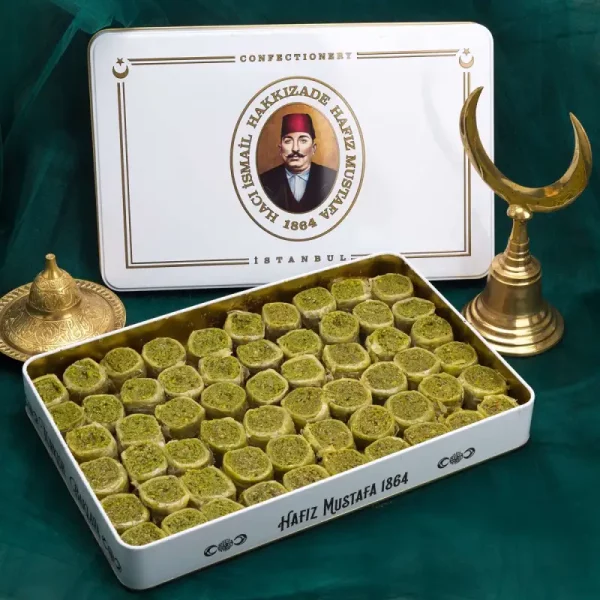
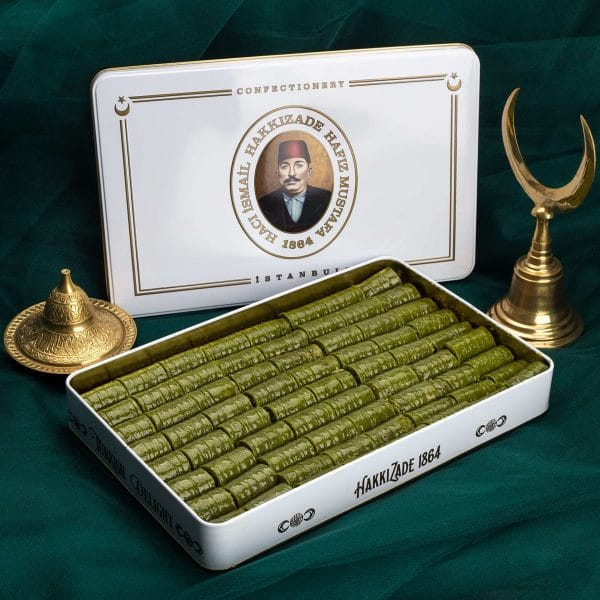
Hafez Mustafa Mixed Baklava with Walnut – Large
385.35 د.إ 346.82 د.إ
Dive into the authentic Ottoman taste with Hafez Mustafa’s Mixed Baklava, generously filled with walnuts. Crafted to perfection, each bite promises symmetrical delight, delivered fresh from Bashasaray to your table.
Indulge in the exquisite fusion of flavors with Hafez Mustafa’s Mixed Baklava featuring a delectable blend of crunchy walnuts and pistachios.
Crafted with a legacy of over 157 years, each bite takes you on a journey through time, delivering the finest essence of Turkish culture.
With every piece encased in the elegance of tradition, experience the rich history of Baklava in every bite.
Ingredients
Water, wheat flour, wheat starch, sugar, butter, egg, salt, lemon juice, according to the variety (pistachio, walnut, white chocolate).
Allergens are written İtalic and bold. May contain wheat gluten.
Storage Conditions
Keep in a cool and dry place. Keep it away from direct sunlight
The origin of Turkish baklava
There are many stories that circulated about the origins of the Turkish green baklava dessert, the most prominent of which was that it was made in the kitchens of the Ottoman Empire in the Topkapi Palace in Istanbul, and the Sultan presents it in the form in which it is now to the Janissaries every mid-month of Ramadan with a festive ceremony called the Baklava procession.
In another narration about the Turkish baklava, it says that one of the Ottoman sultans asked his wife to prepare a new type of dessert, so she brought the goulash and poured pistachios between its layers. Then the Sultan tasted it and named it after his wife in honor of her
While it was said that the baklava belonged to the cook of the Ottoman Sultan Abdul Hamid, and its name was Lava. She was the one who brought this candy, and the Sultan admired and said remained La Dawa, and it means see what I did.
Hafez Mustafa’s baklava mixed with walnuts
History of Hafiz Mustafa HAFIZ MUSTAFA
The history of Hafez Mustafa Sweets began in 1864. During the reign of the Ottoman Sultan Abdul Aziz, When Hafiz Mustafa’s father, Ismail Hakkibey, started making sweets in the basement of his building in the Eminönü Bahçekapı district of Istanbul , he gained a good reputation because people admired his sweets.
His son, Hafez Mustafa Ismail, was a muezzin in the Arbasilar Mosque. However, he also loved the field of sweets and was interested in it. So he learned from his father to make Turkish sweets and started helping him. He invested the spread of Turkish sweets around the world, added to the traditional confectionery industry, The production of coffee, tea, chocolate, lokum and other products that spread to different countries.
Hafez Mustafa won 11 medals in the field of making pastries and sweets in Europe between 1926 and 1938. And his son Jamil Bey continued the same path of success and expansion after him. A book has been written about Hafez Mustafa, called “The Secrets of Hafez Mustafa,” by the Colombian author Francisco Leal Quevedo.
Today, Hafez Mustafa sweets shops are the most famous destination for tourists who want to taste the delicious original taste of various types of Turkish sweets. In addition to being exported to many countries of the world.
You can find more information about Hafez Mustafa Sweets through our article: Hafez Mustafa Sweets 1864 – Learn about products and prices
Order now Hafez Mustafa Mixed Baklava with Walnut – 2.200 grams from Bashasaray delivered to your door.
| Weight | 2200 g |
|---|
You may also like…
Related products
Turkish baklava with pistachio Hafez Mustafa – small
In stock
Turkish baklava Rolls with nuts Hafez Mustafa – Small
In stock


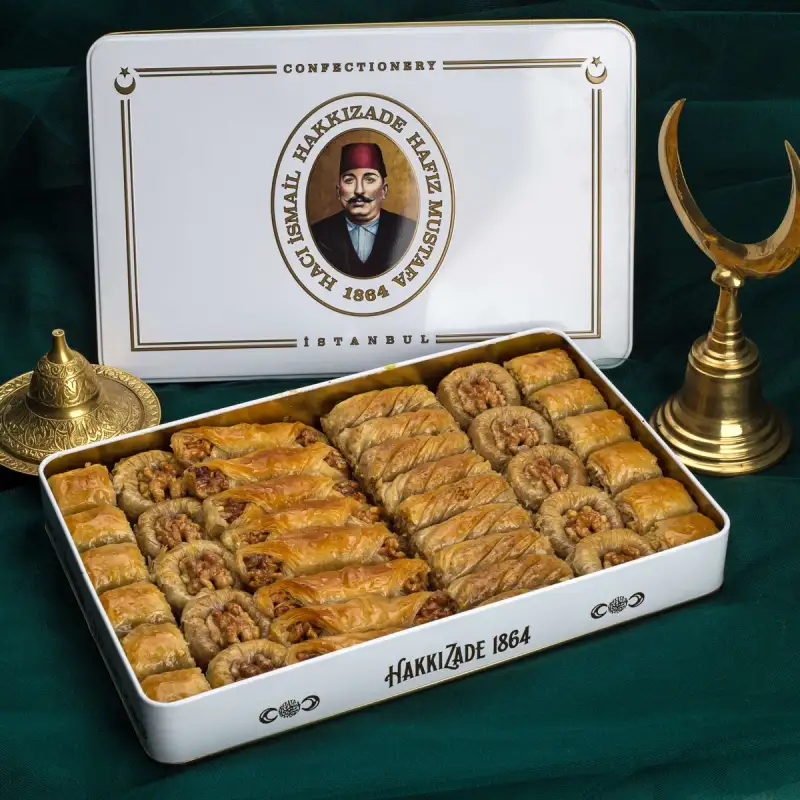


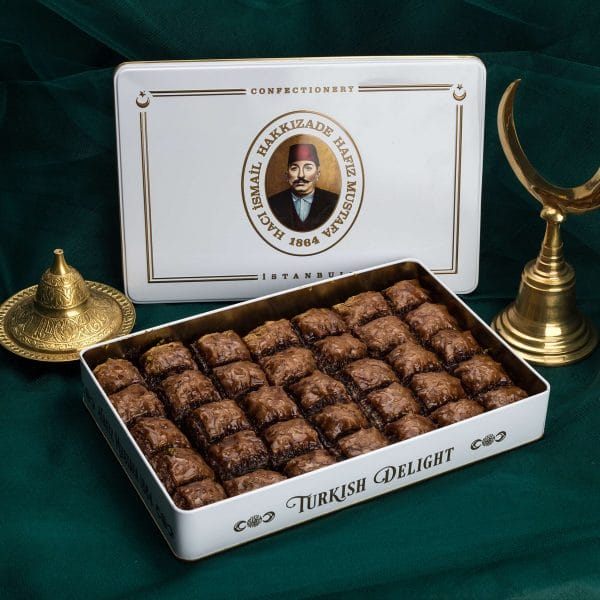
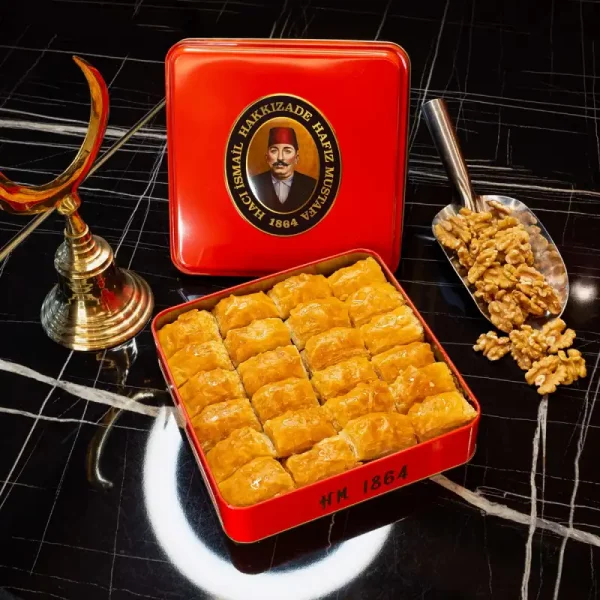
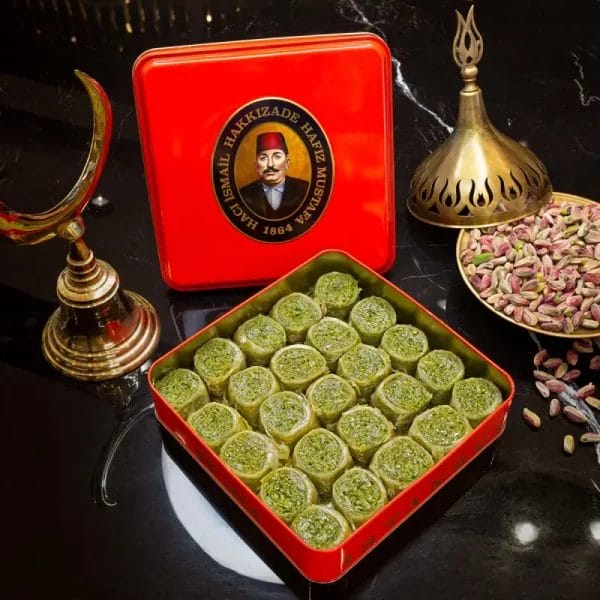
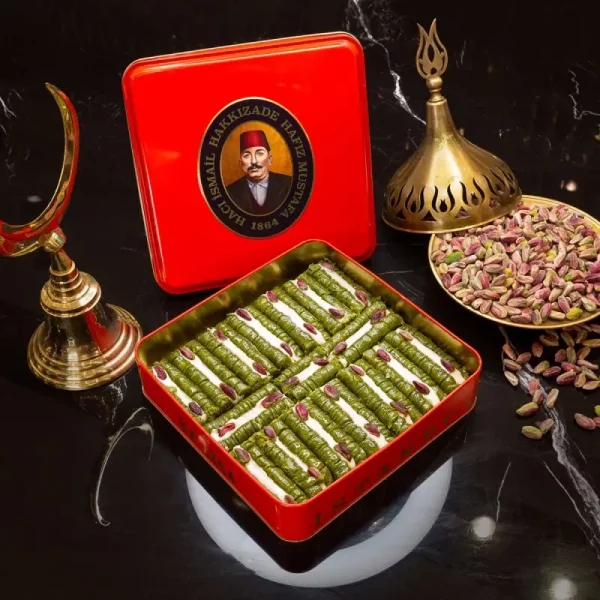
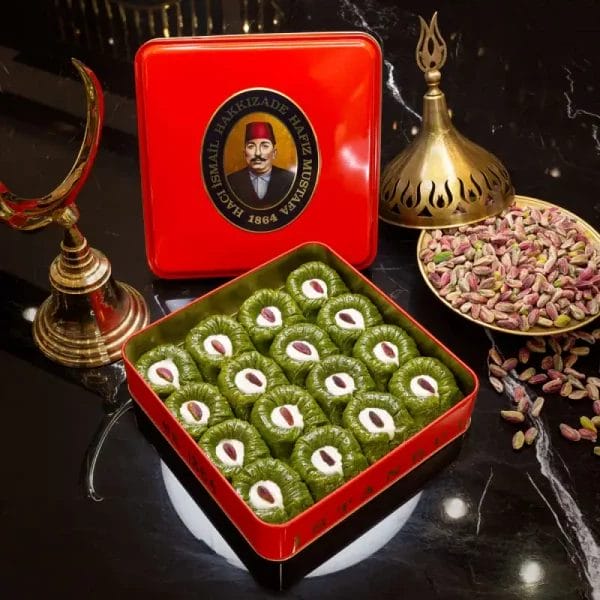
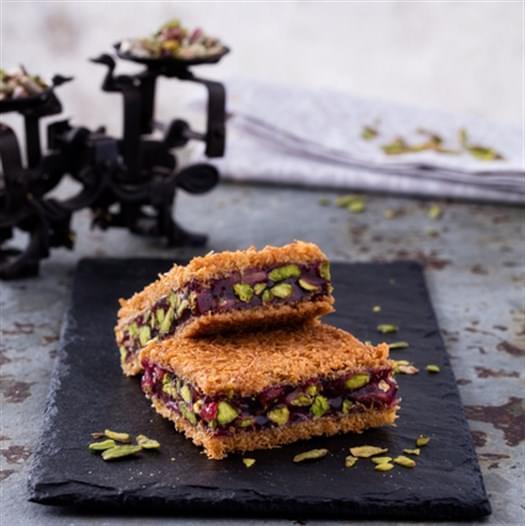
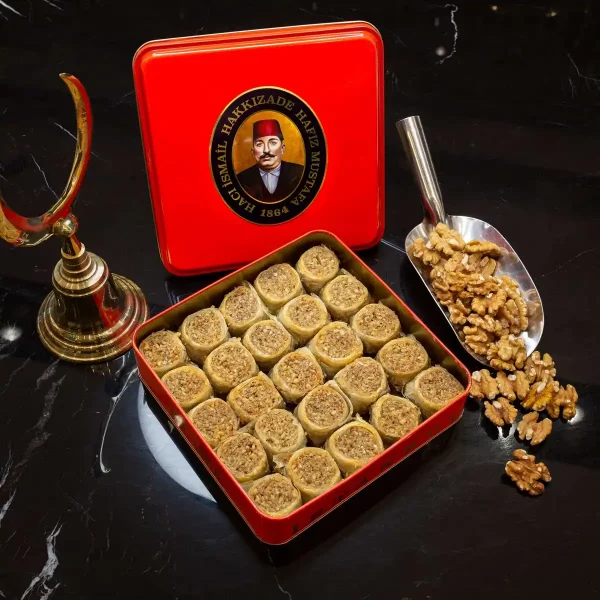
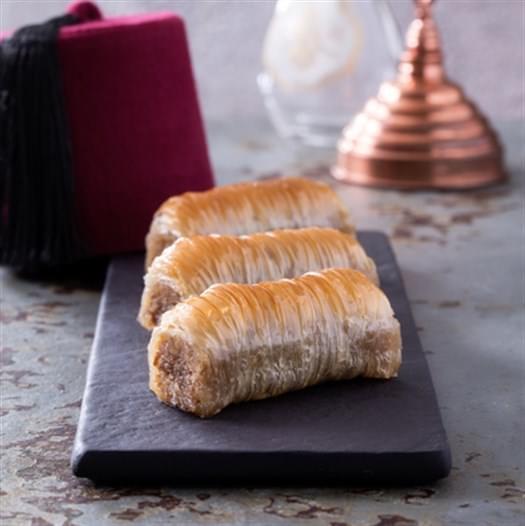
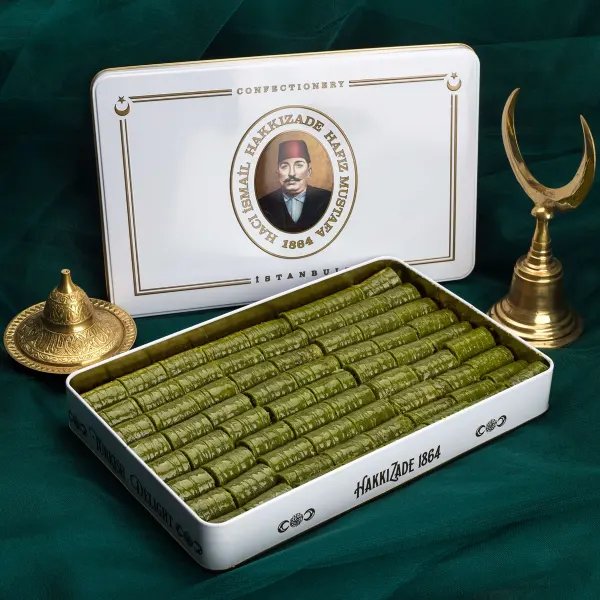

Reviews
Clear filtersThere are no reviews yet.